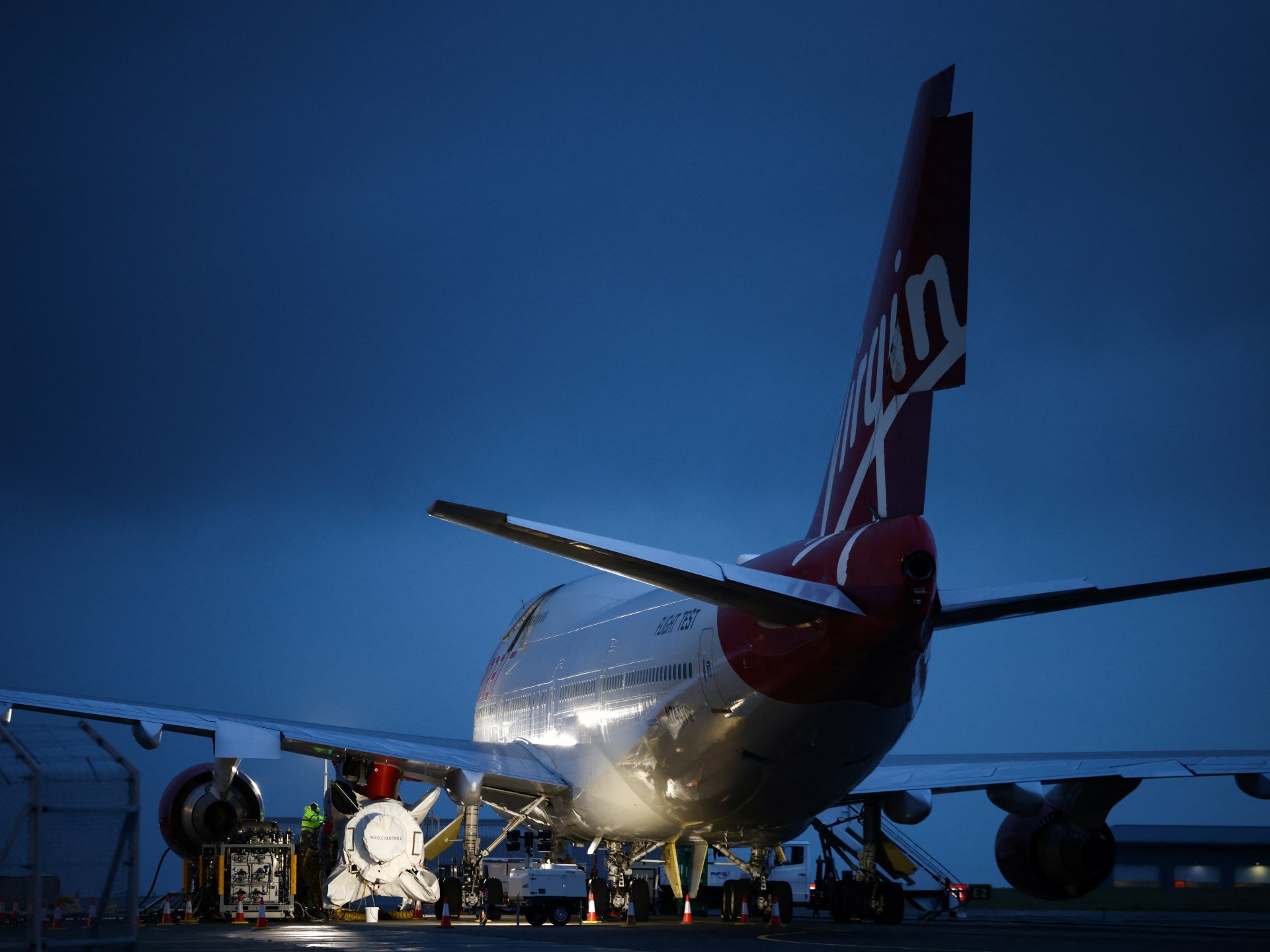Ecuador gov’t, Indigenous leaders reach deal to end protests
Deal includes fuel price decrease and other concessions, bringing an end to weeks of anti-government demonstrations.
The government of Ecuador and Indigenous protest leaders have reached an agreement to end mass demonstrations that paralysed parts of the South American nation since mid-June.
Led by Indigenous organisation CONAIE, the protests began on June 13 amid anger about soaring fuel prices and rising costs of living, as well as the socioeconomic policies of right-wing President Guillermo Lasso’s administration.
The deal, which includes a decrease in the price of fuel and other concessions, was signed on Thursday by Minister Francisco Jimenez, Indigenous leader Leonidas Iza and the head of the Episcopal Conference, Monsignor Luis Cabrera, who acted as mediator.
Iza announced after the signing that “we will suspend” the protest.
The agreement set out that petrol prices will decrease 15 cents to $2.40 per gallon and diesel prices will also decline the same amount, from $1.90 per gallon to $1.75.
It also set limits to the expansion of oil exploration areas and prohibits mining activity in protected areas, national parks and water sources.
The deal also provides for “the cessation of the mobilisations and the gradual return [of the demonstrators] to the territories” from which they came to join the protest.
“Social peace will only be able to be achieved, hopefully soon, through dialogue with particular attention paid to marginalised communities, but always respecting everyone’s rights,” Cabrera said.
The government now has 90 days to deliver solutions to the demands of the Indigenous group.
Lasso tweeted on Thursday afternoon that, “we have achieved the supreme value to which we all aspire: peace in our country”.
“The strike is over. Now we begin together the task of transforming this peace into progress, wellbeing, and opportunities for all,” he added.
An estimated 14,000 Ecuadorans took part in the demonstrations, which paralysed parts of the capital, Quito, and other areas as protesters burned tyres and blocked roadways to demand government action.
After several years of a particularly severe COVID-19 crisis, rising inflation and unemployment pushed many people to join the protests. In addition to cuts to fuel costs, the demonstrators had called for jobs, food price controls and more public spending on health care and education.
Clashes with the security forces left five civilians and one soldier dead and hundreds injured, with some 150 people arrested. Human rights groups also had raised concerns about the authorities’ crackdown on the protests.

Negotiations to end the demonstrations began on Monday but were cut short the following day after the killing of a soldier that the government blamed on protesters.
On Wednesday, the government said it would re-enter the talks, but also imposed a fresh state of emergency in four of the country’s 24 provinces as violence continued to mar the countrywide uprising.
Lasso survived an impeachment vote on Tuesday brought by opposition politicians blaming him for the “serious political crisis and internal commotion” caused by the protests.
Indigenous people make up more than a million of Ecuador’s 17.7 million inhabitants.
Poverty affects more than a quarter of Ecuadorans, according to 2021 data, and only about one in three have “adequate employment” in a country with a large informal job sector.




